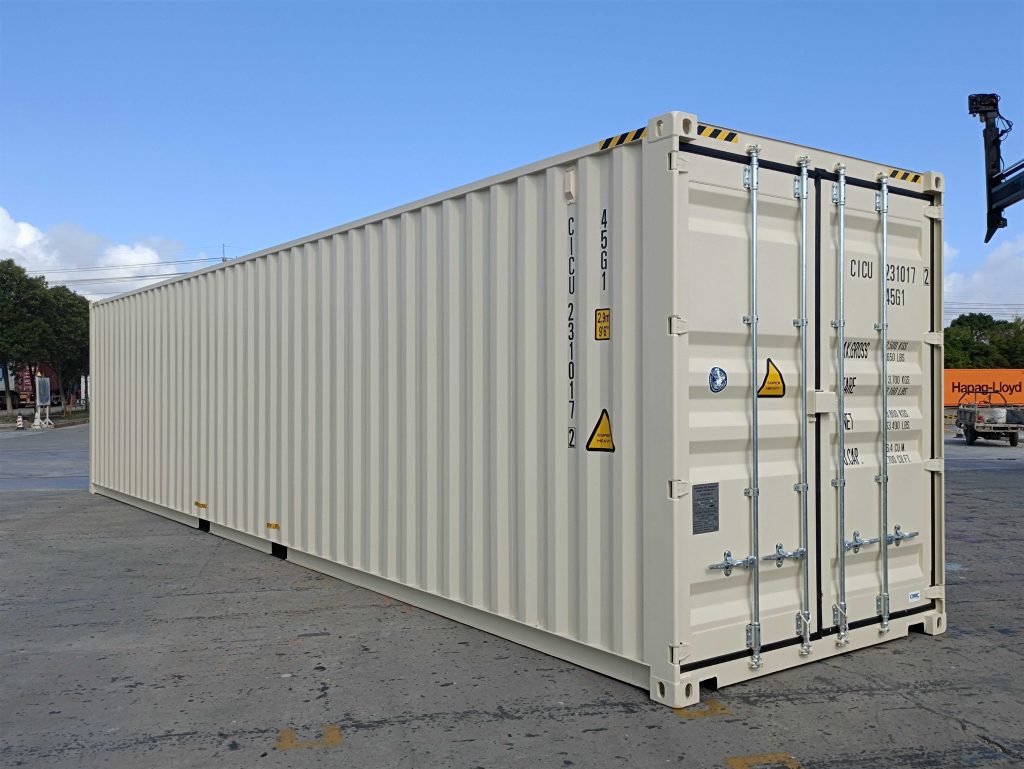Understanding 20 Foot Sea Containers: A Comprehensive Overview
Shipping containers have revolutionized international trade and transportation logistics. Amongst these, the 20-foot sea container stands apart due to its adaptability and wide applications. This post will look into the functions, uses, and benefits of 20-foot sea containers, while also providing beneficial data in tables and dealing with common concerns.
What is a 20 Foot Sea Container?
A 20-foot sea container (also known as a TEU, or Twenty-foot Equivalent Unit) is a standardized shipping container utilized for freight transport. Typically made from durable steel, these containers are designed to endure extreme marine conditions.
Secret Specifications
Below is a table summing up the primary specs of a 20-foot sea container:
| Specification | Dimensions |
|---|---|
| External Length | 20 ft (6.058 m) |
| External Width | 8 ft (2.438 m) |
| External Height | 8.5 ft (2.591 m) |
| Internal Length | 19.4 ft (5.898 m) |
| Internal Width | 7.7 ft (2.352 m) |
| Internal Height | 7.9 ft (2.385 m) |
| Maximum Gross Weight | 55,126 pounds (25,000 kg) |
| Tare Weight | 4,850 lbs (2,200 kg) |
| Payload Capacity | 49,000 pounds (22,500 kg) |
Uses of 20 Foot Sea Containers
The 20-foot sea container discovers applications throughout different markets. Its compact size makes it suitable for services of all scales. Some typical usages include:
International Shipping
- Ideal for carrying items by sea throughout global borders.
Storage Solutions
- Utilized for both temporary and long-lasting storage requires in construction websites, storage facilities, or personal usage.
Modular Construction
- Functions as a building block for environmentally friendly housing and workplaces, called "container homes."
Mobile Businesses
- Adapted for food stalls, pop-up stores, and mobile offices.
Recycling and Waste Management
- Efficiently utilized for collecting and transporting recyclable materials.
Advantages of 20 Foot Sea Containers
The advantages of using 20-foot sea containers consist of:
- Security and Safety: Strong steel construction supplies security against theft and environmental damage.
- Portability: Containers can easily be transferred via ships, trucks, or trains.
- Cost-Effectiveness: Reduced shipping costs compared to less standardized techniques.
- Sturdiness: Built to last, with resistance to rust, weather, and effect.
- Adaptability: Can be customized for different usages, from storage to habitation.
Limitations of 20 Foot Sea Containers
While there are numerous advantages, users should likewise think about possible limitations:
- Limited Capacity: For larger freight requirements, a 40-foot container or numerous containers might be needed.
- Weight Regulations: Shipping or transferring heavy products can cause exceeding weight limits.
- Transport Restrictions: Not all roadways or areas can accommodate big transport vehicles.
Cost of a 20 Foot Sea Container
The cost of buying or renting a 20-foot sea container can vary based on several factors, including condition, location, and customization choices. Below is a generalized pricing table:
| Condition | Estimated Price Range |
|---|---|
| New | ₤ 3,000 - ₤ 5,000 |
| Utilized (Good Condition) | ₤ 1,500 - ₤ 2,500 |
| Refurbished | ₤ 2,000 - ₤ 3,500 |
| Rental (Monthly) | ₤ 100 - ₤ 200 |
Regularly Asked Questions (FAQs)
1. Just how much weight can a 20-foot sea container hold?
- A 20-foot container can usually carry an optimum payload of around 49,000 lbs (22,500 kg).
2. Can 20-foot containers be stacked?
- Yes, containers are developed to be stackable, allowing effective area utilization in shipping lawns and at ports.
3. What is COG Containers LTD in between a basic and high cube container?
- A high cube container has an extra foot of height (9.5 ft), providing more internal space.
4. How do I buy a 20-foot sea container?
- Containers can be bought from shipping business, container dealers, or online markets focusing on freight devices.
5. Are 20-foot sea containers waterproof?
- While containers are weather-resistant, they are not guaranteed to be totally water resistant. Maintenance and correct sealing can assist in avoiding leaks.
In an ever-evolving international economy, the 20-foot sea container stands as a cornerstone of shipping and logistics. Its dependability, durability, and adaptability ensure that it will stay a preferred choice for freight transport, storage, and ingenious building and constructions in the future. Understanding its requirements, uses, and prospective constraints can help companies and individuals make informed decisions about incorporating this versatile tool into their operations. Whether you are shipping goods across the ocean or establishing a distinct modular home, the 20-foot sea container supplies an efficient service for a wide variety of needs.

